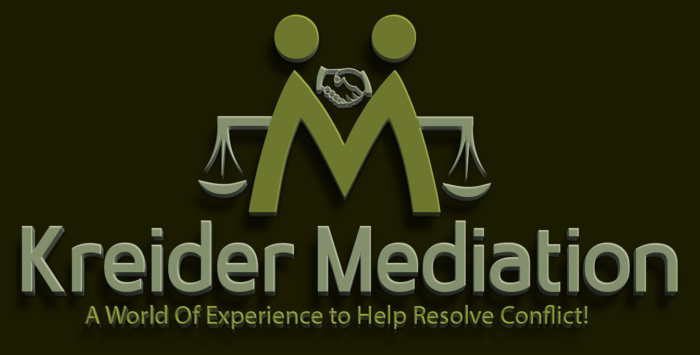Advice
The Power of Presence: Harnessing Active Listening in Mediation

“To listen does not mean, or even imply, that you agree with someone. It simply means you accept the legitimacy of the other person’s point of view and that you might have something to learn from it. It also means that you embrace the possibility that there might be multiple truths and understanding them all might lead to a larger truth.”
― You’re Not Listening: What You’re Missing and Why It Matters
In the fast-paced world we navigate daily, finding moments of genuine connection can be challenging. Enter mediation—an invaluable space where active listening becomes a guiding force, steering conversations toward resolution and understanding.
Active Listening: The Heartbeat of Mediation
At the core of successful mediation lies the art of active listening. It’s more than just hearing words; it’s about fully engaging with the speaker, absorbing not only the spoken language but also the emotions, nuances, and unspoken sentiments that accompany it.
1. Creating a Safe Space
Active listening establishes a safe and open environment for all parties involved. By demonstrating a genuine interest in each person’s perspective, mediators foster trust and encourage participants to express themselves authentically. This creates a foundation for constructive dialogue and mutual understanding.
2. Breaking Down Barriers
In any conflict, barriers often arise due to miscommunication or misunderstandings. Active listening acts as a bridge, helping to dismantle these barriers by allowing participants to feel heard and acknowledged. As mediators, our role is to facilitate this process, guiding individuals toward a shared understanding.
3. Unveiling Unspoken Needs
People don’t always articulate their deepest needs and concerns explicitly. Active listening enables mediators to discern the underlying emotions and unspoken needs that may be driving the conflict. This invaluable insight paves the way for more targeted and effective resolutions.
4. Empathy in Action
Empathy is a cornerstone of active listening. When participants feel that their emotions are not only recognized but also understood, the emotional temperature in the room begins to cool. Mediators, by embodying empathy through active listening, can help parties move beyond impasses toward collaborative problem-solving.
5. Cultivating Patience
In a society where instant solutions are often expected, mediation teaches the art of patience. Active listening requires time and focused attention. The investment, however, pays off in the form of deeper connections and enduring resolutions.
Practical Tips for Mediators
1. Mindful Presence: Stay present in the moment, fully attentive to the speaker without pre-judging or formulating responses in your mind.
2. Non-Verbal Cues: Use non-verbal cues such as nodding, maintaining eye contact, and mirroring to convey your engagement and understanding.
3. Reflective Responses: Mirror back what you’ve heard to ensure clarity and demonstrate your commitment to understanding the speaker’s perspective.
4. Silence Speaks Volumes: Allow moments of silence for reflection. It provides participants with the necessary space to process their thoughts and emotions.
5. Open-Ended Questions: Encourage open dialogue by asking questions that invite deeper exploration of thoughts and feelings.
In the realm of mediation, active listening acts as a compass, guiding conflicting parties toward common ground. It transforms conversations from mere exchanges of words into opportunities for genuine connection and resolution. As mediators, let us recognize the transformative power of truly hearing one another—a power that extends far beyond the confines of the mediation room and into the fabric of our shared human experience.
Click on Amazon recommend readings on active listening.


This material is quite useful. Active listening is a skill we can employ not just in mediation but in all phases of life. It promotes empathy and understanding while avoiding unnecessary conflict.
Scott,
I agree with you 100%. Empathy and understanding are fundamental to active listening. However, we both know that there are many misconceptions about active listening.
Perhaps of the greatest misguided judgment about active listening is that it suggests concurring with or tolerating all that the speaker says. This isn’t accurate. We can all agree that active listening implies showing certifiable interest and consideration regarding the speaker’s message, sentiments, and viewpoint, without judging, intruding, or contending.
Thanks for responding!
I appreciate this article…these skills and concepts you mention are useful in many areas of life and it’s got me intentionally looking for opportunities to use these concepts. Thanks for sharing!
Dave,
Thanks for commenting on this post. I know you will become an extraordinary mediator!
Steve
Hey there! I’m at work browsing your blog from my new iphone!
Just wanted to say I love reading your blog
and look forward to all your posts! Carry on the superb work!
Thank you!